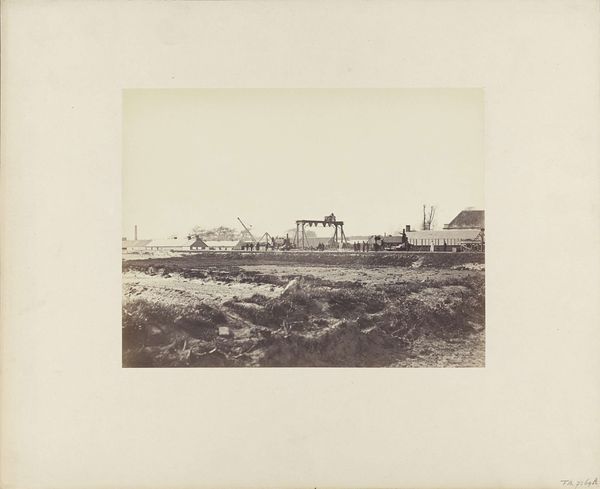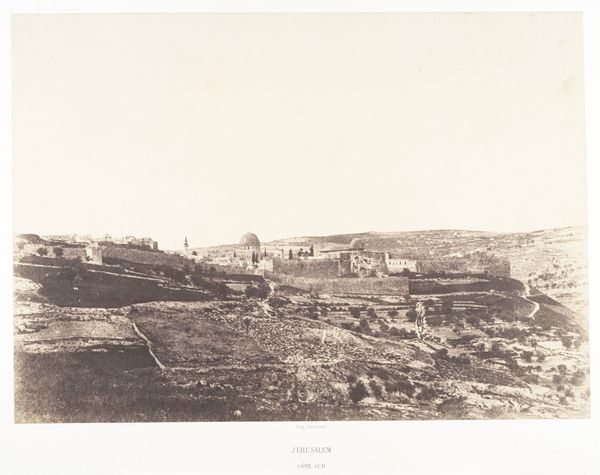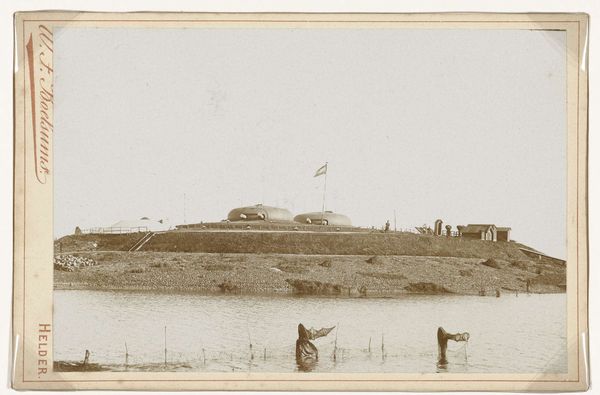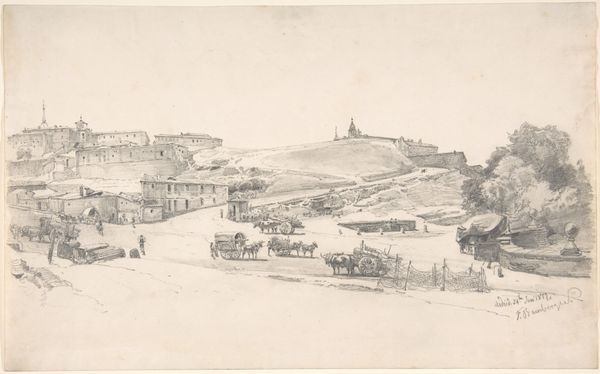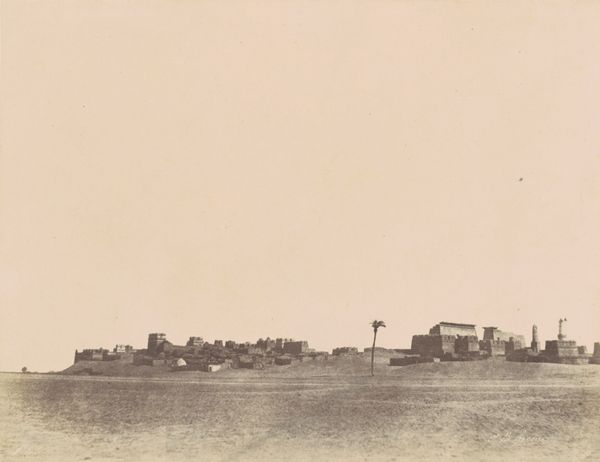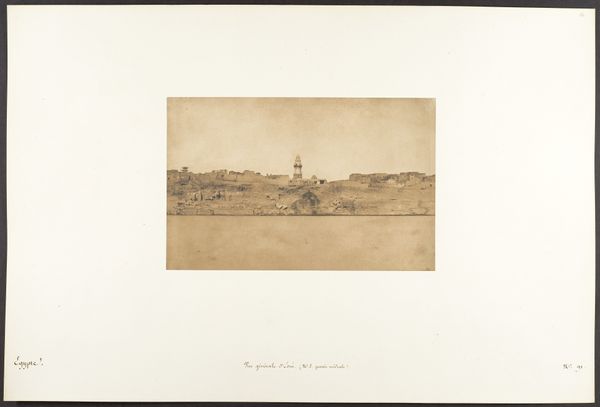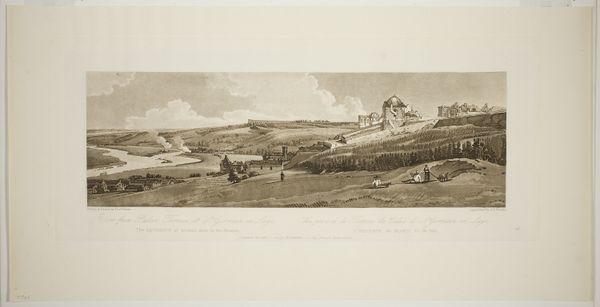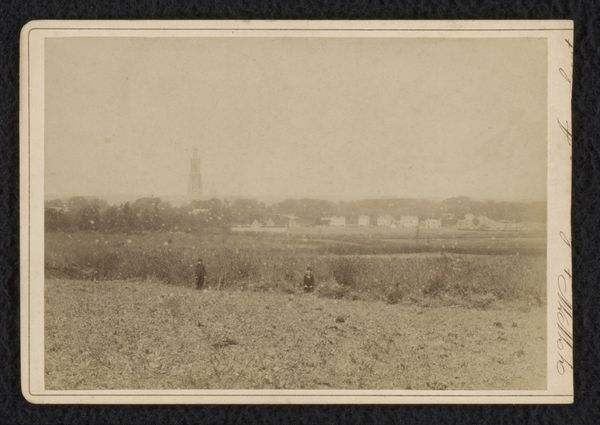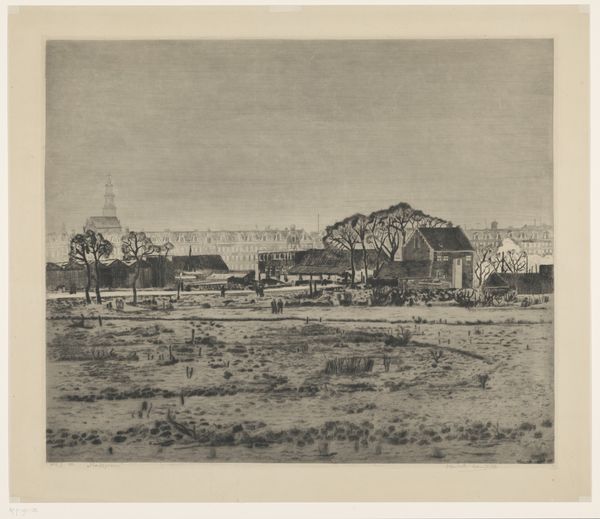
daguerreotype, photography
#
landscape
#
daguerreotype
#
photography
#
romanticism
Copyright: Public Domain
Between 1843 and 1848, Hill and Adamson captured this landscape of St. Andrews using the calotype process. This early photographic technique involved coating paper with silver iodide, making it light-sensitive. Look closely, and you'll notice the image isn't crystal clear; that's part of the calotype's charm. The paper's fibers subtly blur the details, creating a soft, almost dreamlike quality. This contrasts sharply with the sharp precision we expect from photography today, and the slow exposure times meant that only static subjects could be captured. Think about the labor involved: preparing the chemicals, coating the paper, setting up the shot, developing the print – all done by hand, and out in the field! Hill and Adamson weren’t just taking snapshots; they were crafting images. Each print is unique, a direct result of their skill and the environment on that particular day. By understanding the process, we can appreciate these works not just as documents, but as handcrafted objects, blurring the lines between photography and fine art.
Comments
No comments
Be the first to comment and join the conversation on the ultimate creative platform.
